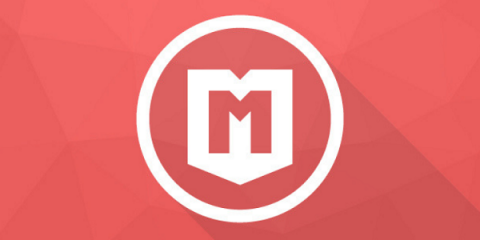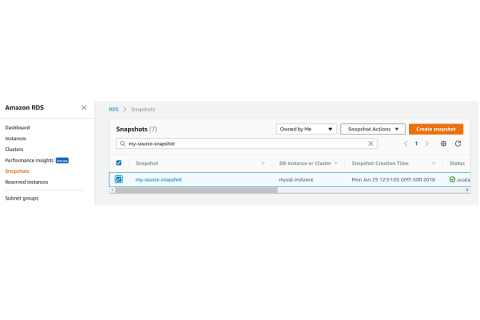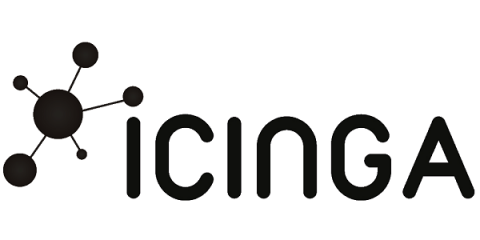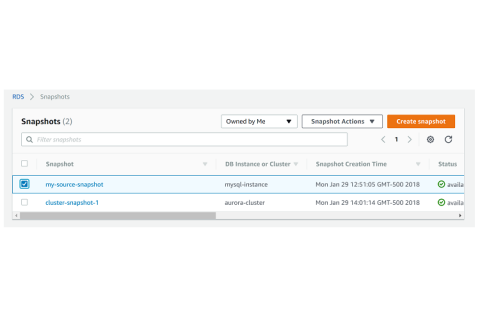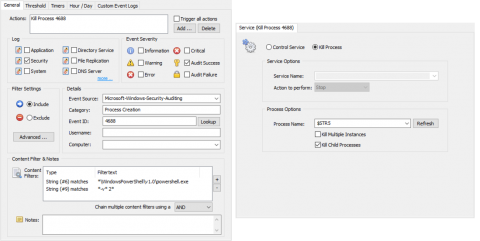Monitive Mission Statement: "Why am I doing what I do?"
And no, it’s not summoning a few Venture Capital rounds of funding to pour them into a business, nor wasting my life on vacations or my money on gadgets. “What makes us happy?” I have to admit I’ve pursued this goal for a large part of my life. I know that some form of success is linked to happiness, and I know that success is not that esoteric feature that only the gifted among us get to possess. Success, just like happiness, is something we all have.


